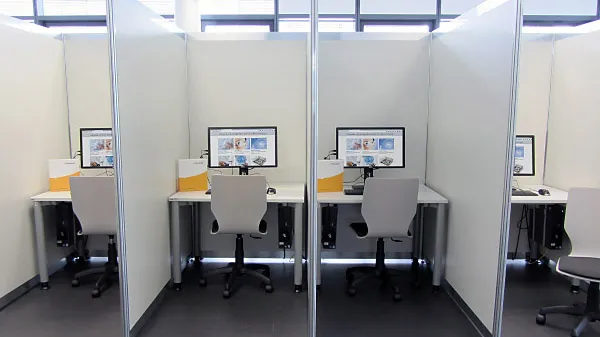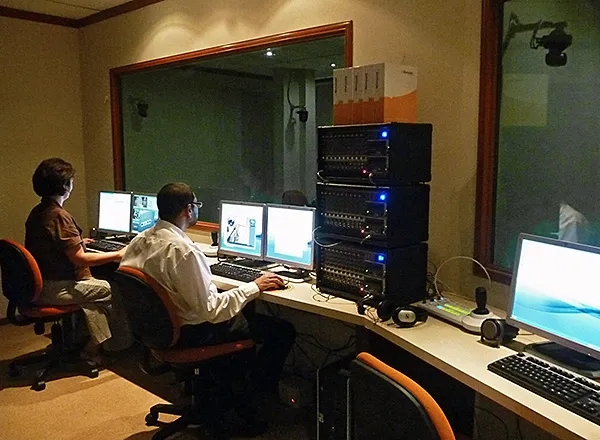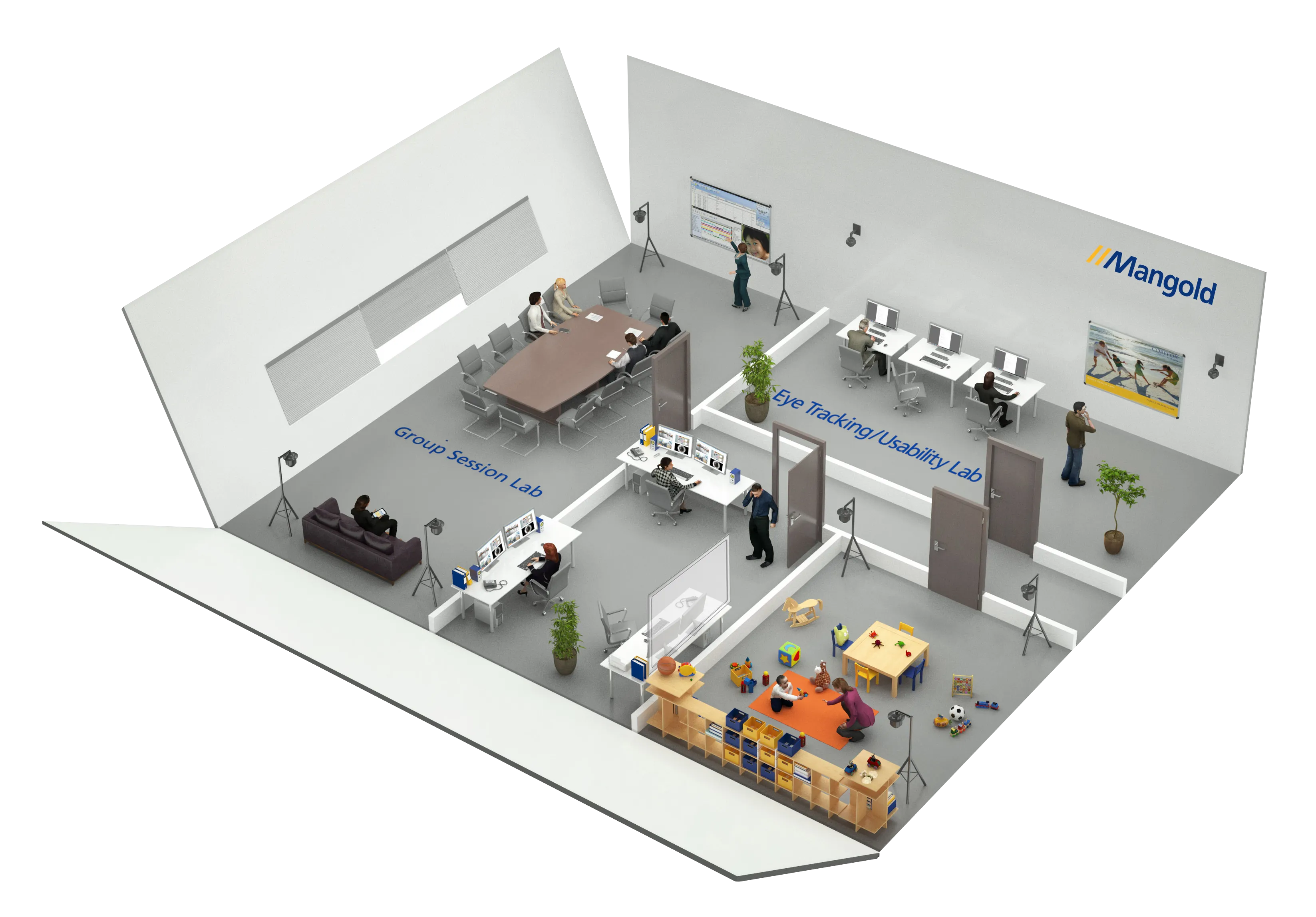ApplicationArea · 3 min read
User Experience Labs - Successful Products through Professional Usability Studies
Learn how Mangold creates professional usability lab solutions for conducting user experience research and usability studies, featuring synchronized video recording and eye tracking capabilities.

Successful companies have one thing in common: their products are highly valued by customers. And why? Most often, the key factor is user-friendliness, in other words, usability.
Whether it is websites, software programs, automats, smartphones or machines – when products and services are developed it should always be about the people who use them. Instead many a developer of machines or programs get lost in their love of technology and perform function overkill.
Most products don’t even use their full potential. They play a subordinate role and aren’t even the decisive factor for success on the market. The key factor and unique selling point in competition is rather the intuitive handling – the usability.
Thus user-friendly is a decisive factor for a product’s success. To reach this added value, the development and implementation of a product should be the primary aim.
User-friendly products can be the reason for a winning difference, plus these products are gaining more importance. The reason being, that users weigh the importance of usability as a purchase criteria. The same applies to the end-user, as well as for B2B relationships. Suppliers who integrate usability in their products achieve a higher customer satisfaction and for that reason are especially successful in the market.
Example Usability Lab Applications
Usability and UX Lab for Multiple Participants

This Lab is equipped with multiple cabins, each including the Mangold LogSquare Software for structured usability and user experience testing. Eye Tracking can be added to each test workstation easily, by connecting the VT3 mini Eye Tracker to an USB port. LogSquare automatically detects the eye tracker and records the participant’s gaze in case needed.
Eye Tracking and EEG Test Cabins
This lab is equipped with multiple Mangold Vision Eye Tracking systems and physiology recording equipment. It serves several research areas in the field of economics and psychology. The range of applications can cover website usability tests, usability tests of computer applications, tests of static and interactive teaching material, market research studies, collaborative working studies and many more.
Usability Lab Control Room with Adjacent Participant Room

This setup shows a classic usability lab control room where the adjacent participant room can be observed through a one-way mirror. Such a room layout is still possible, but due to much improved video technology and observational research software, is no longer necessary today.
Today, the control room can be located anywhere on campus, independent of the test room. That offers great flexibility in design and creation of a usability lab, thanks to solutions like Mangold VideoSyncPro.
Human Factors in SCADA Environment
The clear representation of data and information as well as high system availability is the key to the safe and reliable operation of Supervisory Control and Data Acquisition (SCADA) systems.
In order to avoid erroneous operation, extensive observation studies with operators have to be carried out in such an environment since they are often critical applications (for example, control rooms of nuclear reactors, control systems in chemical plants or train control stations).
Research in Aerospace and Air Traffic Control

Mangold system solutions are used in a variety of applications in Aerospace, e.g. during human factor studies with pilots, for behavior analysis of air traffic controllers, for research in fatigue studies or for studies on service improvement of flight attendants.
All those areas require special solutions for audio/video recording, integration of physiology sensor data or the development of special behavior coding schemas.
Mangold Observation Labs
Mangold Observation Labs are comprehensive turn-key solution for conducting behavioral research and observation.
